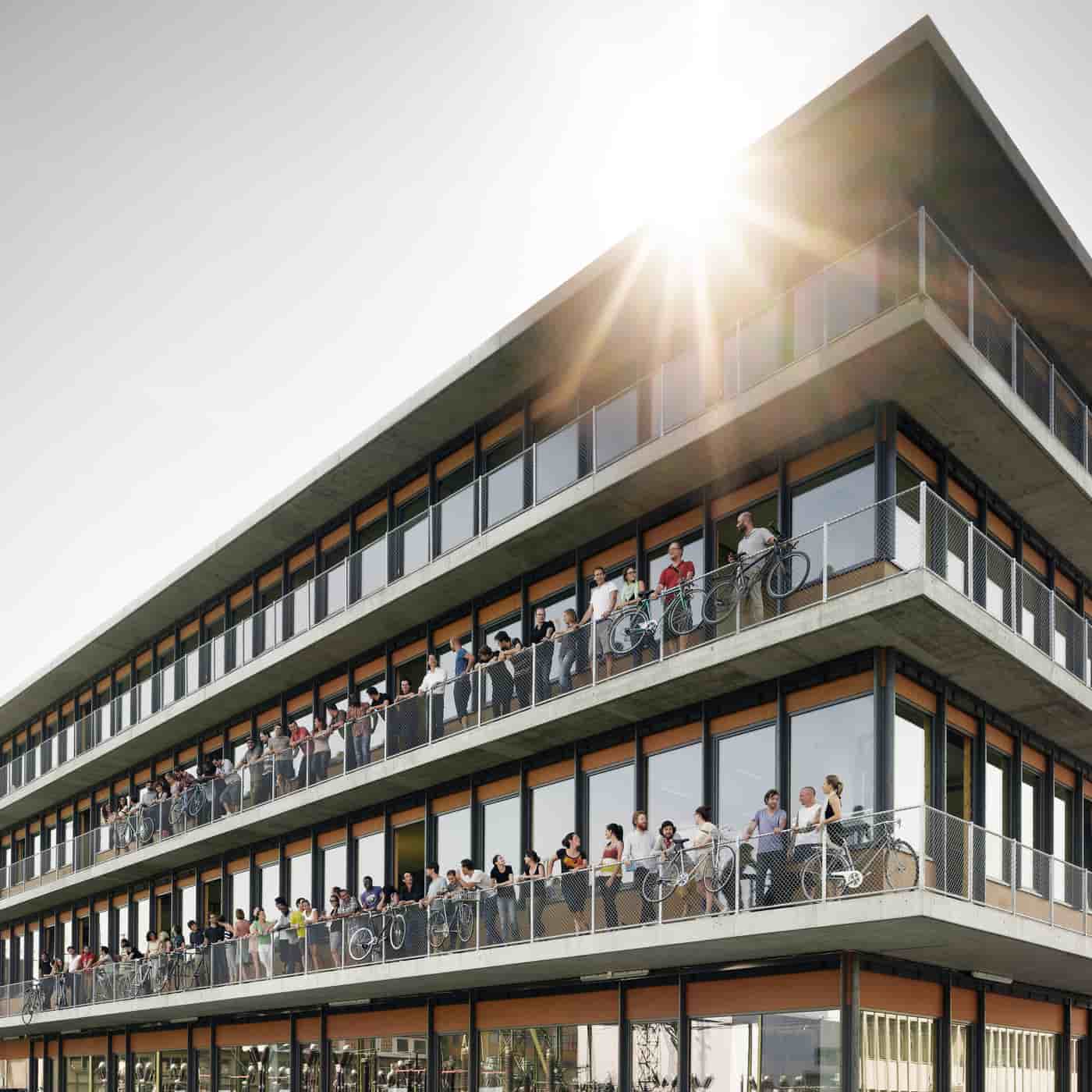AND?
Has the system proved to be everything we wished for? What were the key elements behind the successful transformation? Looking at things now, what are the benefits of Holacracy? What were the greatest challenges?

Back in September 2016, we decided to adopt Holacracy as an organizational ‘operating system’ here at FREITAG. Check out Pascal’s story to find out more about our previous management system and why we opted for a new one.
Holacracy won us over due to its ability to distribute authority across the company in the form of roles rather than putting it in the hands of a few supervisors and managers. That means the organizational structure isn’t fixed; clear processes allow all employees to adapt the system to their requirements whenever they need to. And thanks to structured meetings, these interdependent roles can be synchronized efficiently and regularly.
Roles are defined according to the activities that help the company survive and thrive. Related roles are organized into circles, and each circle and role has a purpose that supports the aspirations of the company as a whole. We assign responsibilities to these circles and roles depending on their purpose.